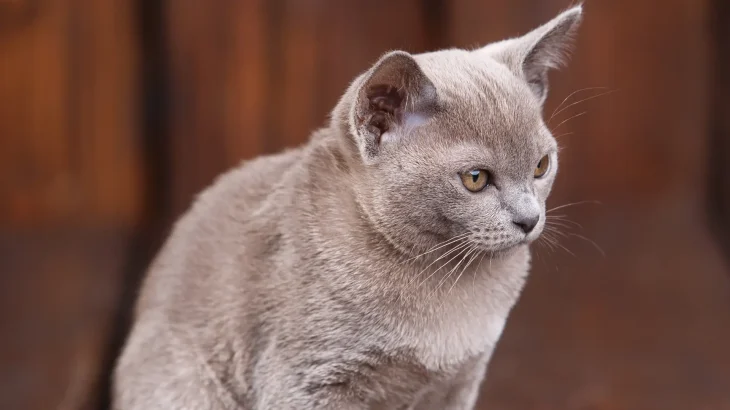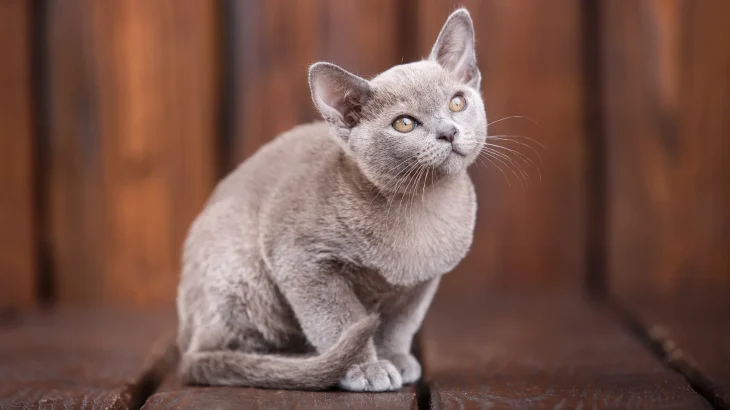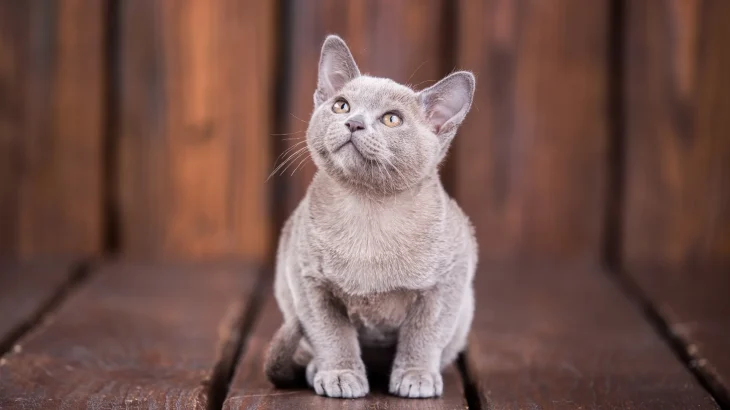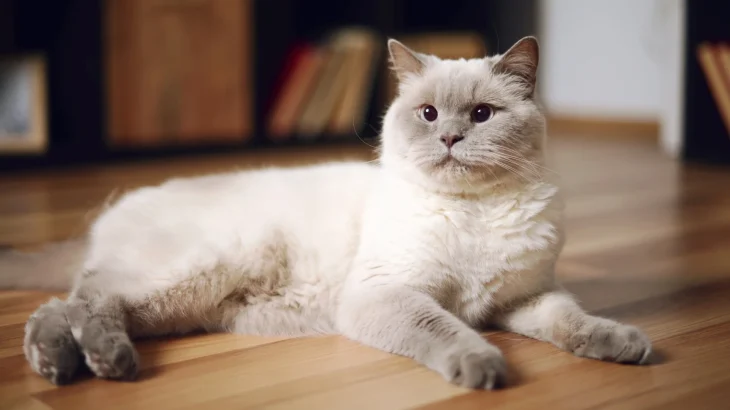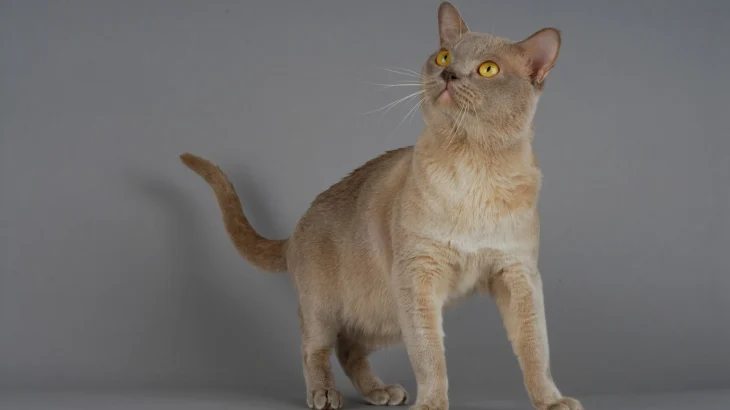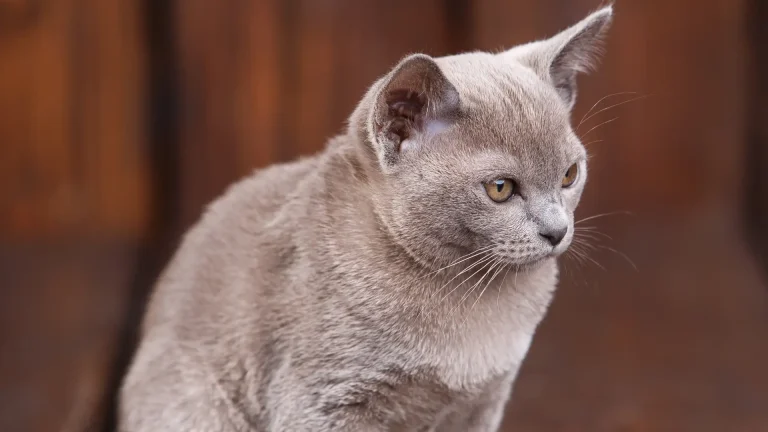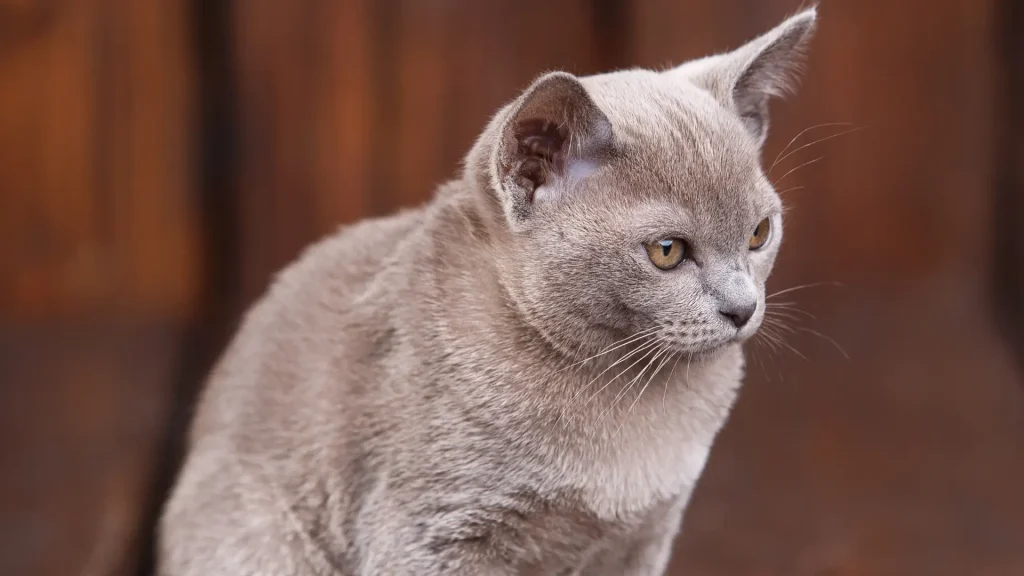Deciding between adopting or purchasing a European Burmese kitten depends on your priorities about cost, health info, and ethics. Buying from a breeder often offers detailed insights into the kitten's background and pedigree, while adopting gives a loving home to a cat that might otherwise remain homeless.
Adoption vs. Breeder: Pros & Cons
| Criteria | Buying from Breeder | Adopting from Shelter/Rescue |
|---|---|---|
| Cost | Higher cost reflecting breed purity and lineage. | Lower fees, often includes vaccinations and neutering. |
| Health History | Comprehensive health and genetic info provided. | Basic health screening done; detailed history may be unknown. |
| Age Availability | Primarily kittens available, allowing early bonding. | Varied ages available, including adults needing homes. |
| Supporting Practices | Supports selective breeding when choosing ethical breeders. | Supports animal welfare by rescuing cats in need. |
| Ethical Considerations | Requires careful breeder selection to avoid unethical breeding. | Helps reduce shelter populations and promotes rescue. |
| Breed Purity & Pedigree | Guaranteed pedigree and breed standards. | Breed purity often unknown; may be mixed or purebred. |

